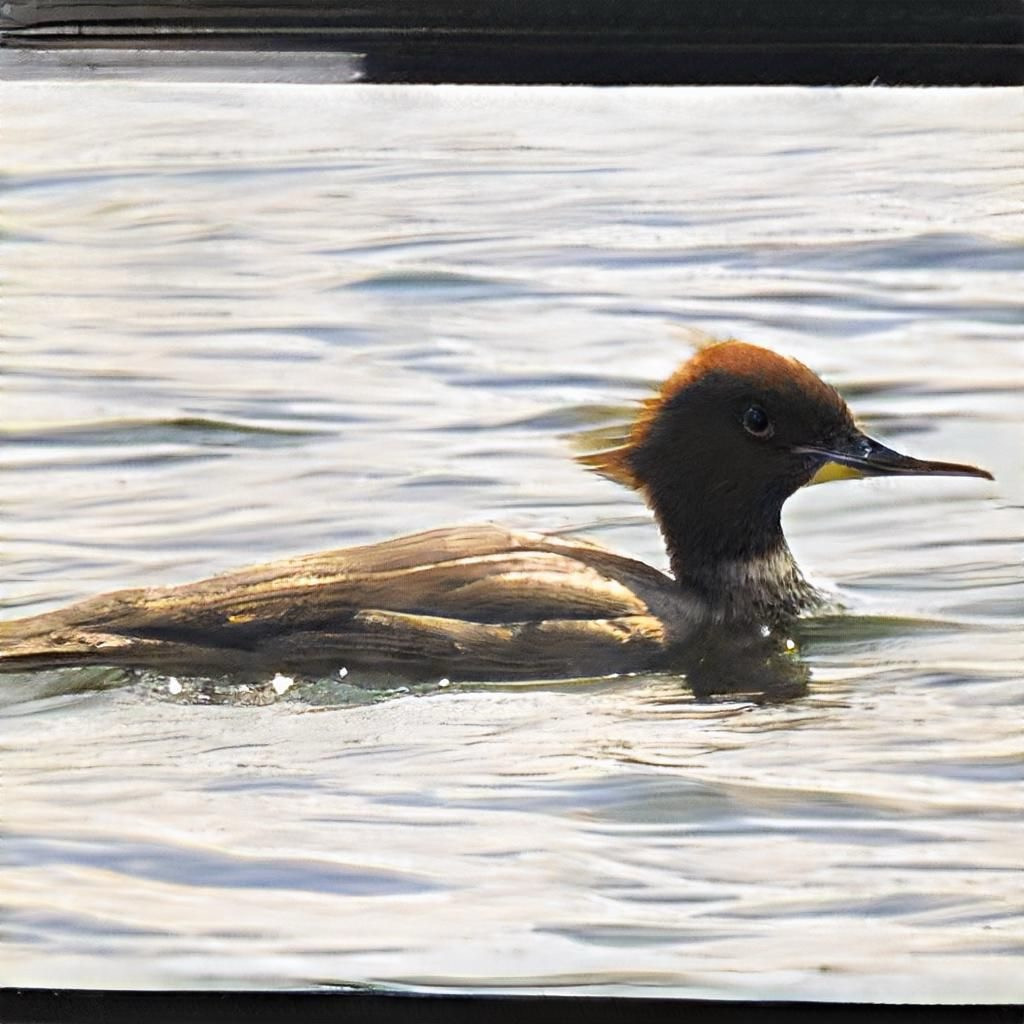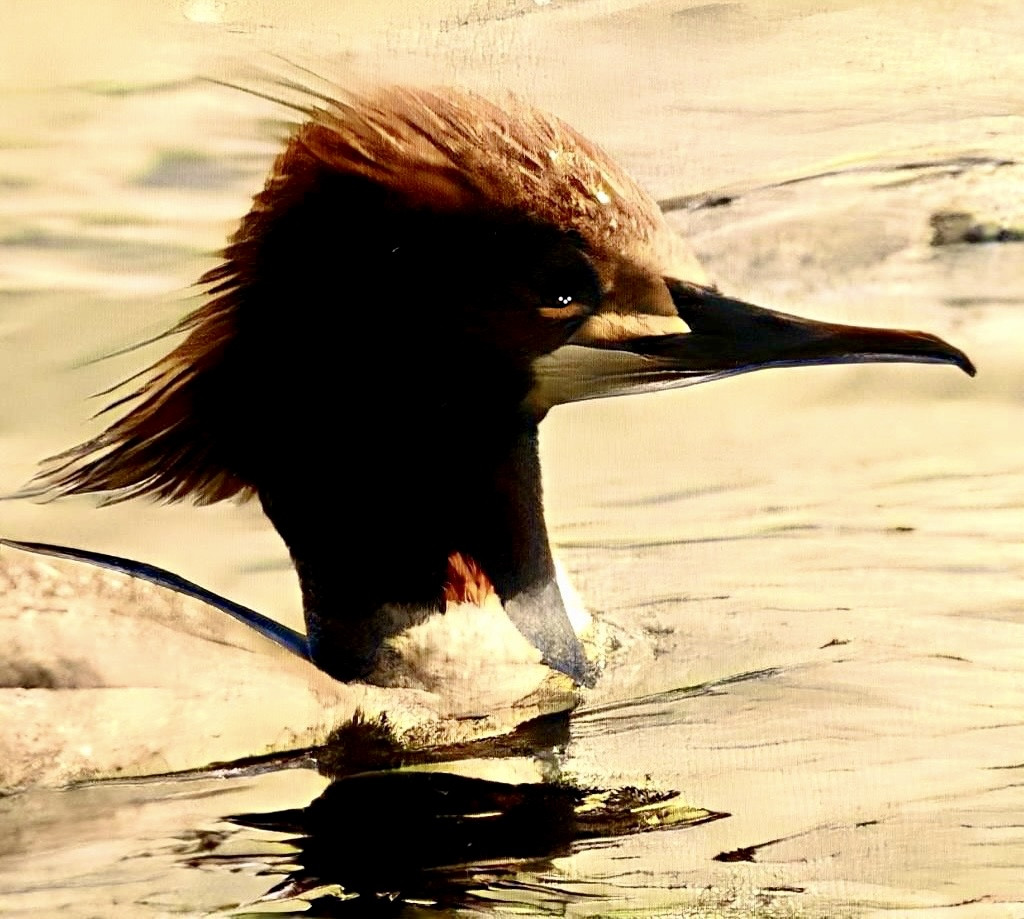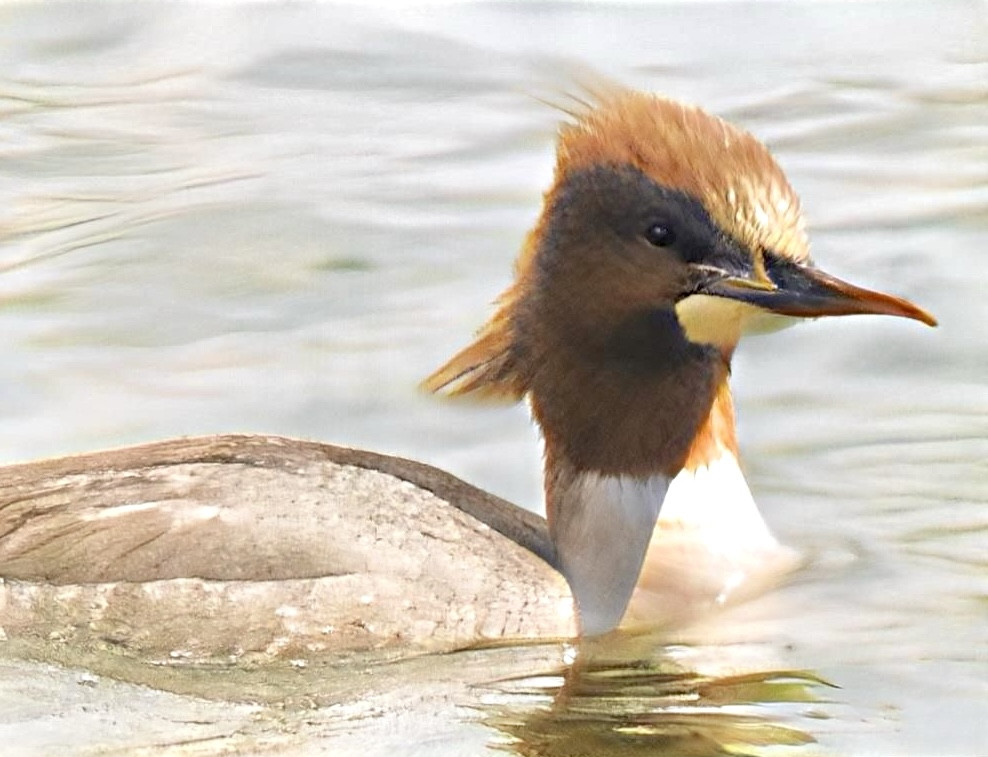Description
The deep waters around Lake Vättern are ice-free most years. This makes it an excellent wintering area for birds. The lake holds large wintering populations of gulls like Viharsirály, Ezüstsirály and Dolmányos sirály. This is also one of the best places for the rare Jeges sirály, although it is not seen most years. Most gulls winter around Motala. The area also holds wintering waterfowl. Most commonly: Nagy bukó, Bütykös hattyú, Szürke gém, Énekes hattyú, Kontyos réce and Kerceréce. Around Vadstenaviken large amounts (many hundreds) of Tőkés réce winter. Often with other rarer (wintering) dabbling ducks in the mix. The lake also holds wintering populations of Kárókatona, Örvös bukó, Kis bukó (visitors from Boren) Búbos vöcsök, Kis vöcsök, and during mild winters: Füles vöcsök, Füstös réce, Sarki búvár and jegesréce. The large fields around Vadstena and Norrsten hold wintering geese, sárgacsőrű kenderike and Hósármány. Many birds of prey also winter. Most common are Karvaly, and Rétisas.
During the last weeks of Febuari the first spring birds arrive. Seregély, Mezei pacsirta, Erdei pinty, and Bíbic are usually the first to arrive. Some of the previously mentioned birds might start to winter if the winters continue to be mild. Many geese like Apácalúd, Nyári lúd, Vetési lúd, Nagy lilik Tundrai vetési lúd and Kanadai lúd are often seen. Most geese congregate around Tycklingen and Norrsten. Sometimes rövidcsőrű lúd is also found.
During March most of the geese increase in number. More birds of prey arrive: Gatyás ölyv, vörös vércse, Vándorsólyom, and Vörös kánya. In Vadstenaviken large amounts of dabbling ducks often rest. Bütykös ásólúd (Regular), Dankasirály, Csigaforgató, and Sárszalonka also arrive during this period. From this period onwards Nagy kócsag is sometimes seen.
During April other wader along with Kenderike and Réti pityer arrive. During April-May large amounts of passerine birds, wader, gulls, and terns use the lake as a landmark for migration. It starts in the middle of April with thousands of Erdei pinty and fenyőpinty, continuing with thousands of Nagy póling, with smaller amounts of other waders like Kis póling, Kis goda, Pajzsoscankó and Piroslábú cankó. Also large amounts of gulls like Dankasirály and Viharsirály. In early May hundreds of terns (Küszvágó csér, Sarki csér) pass. Along with rarer birds like kormos szerkő, csüllő (quite rare) and Kis sirály.
During the summer many species of night-active birds can be heard like Réti tücsökmadár, Nagy fülemüle, Haris, Nádirigó (vadstena reningsverk), Fürj and sometimes Berki tücsökmadár. Many other warblers can be found during this period. In the cities of Motala and Vadstena city birds like Balkáni gerle, Zöldike, Házi rozsdafarkú (missing most winters), fenyőpinty, szirti galamb, and Barátposzáta can be found year round.
Details
Access
Parking can be done at ample places. Some of them are: Tycklingen, Motala, Råssnäsudden, and Vadstena castle. Click on a P in the map to get directions to that area.
Terrain and Habitat
Forest , Wetland , Scattered trees and bushes , Grassland , Valley , Plain , Plateau , Lake , Beach , Mud flats , Agriculture , Reedbeds , River , City/villageConditions
Flat , Hilly , Sandy , Wet , Open landscapeCircular trail
YesIs a telescope useful?
Can be usefulGood birding season
All year roundBest time to visit
WinterRoute
Paved roadDifficulty walking trail
Average walkAccessible by
Foot , Bicycle , CarBirdwatching hide / platform
NoExtra info
Be respectful of the birds. Especially during breeding season.






